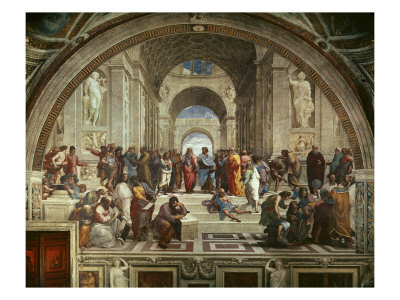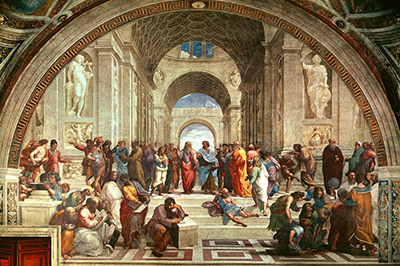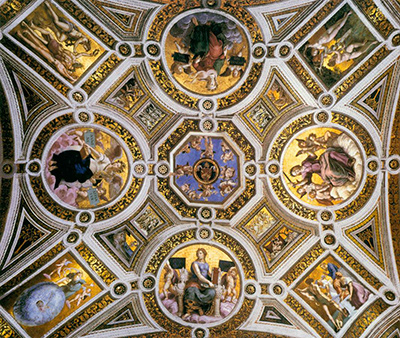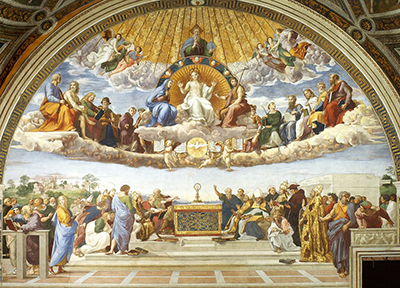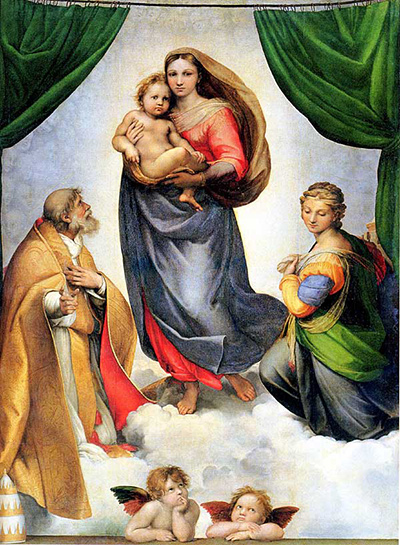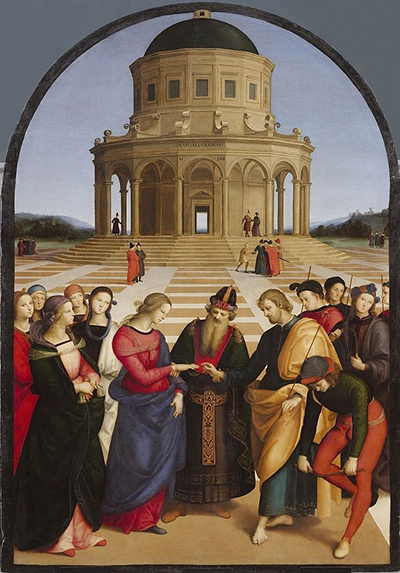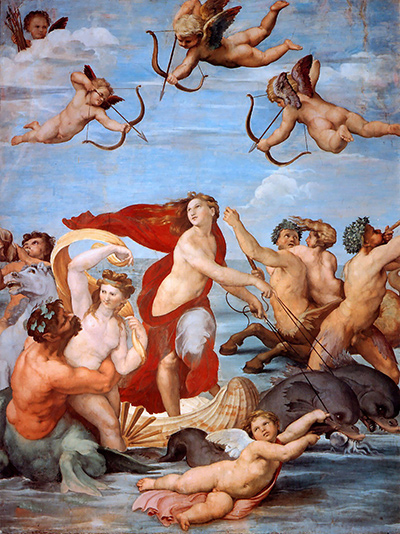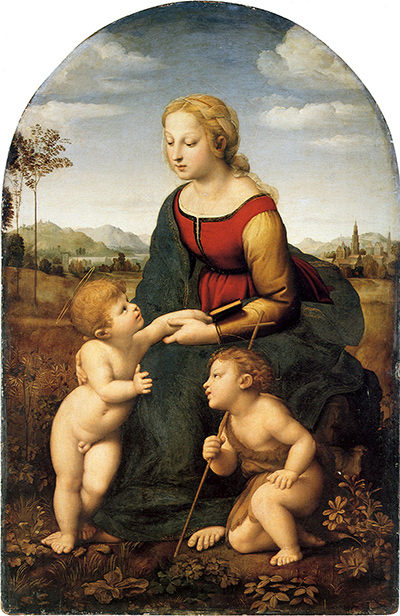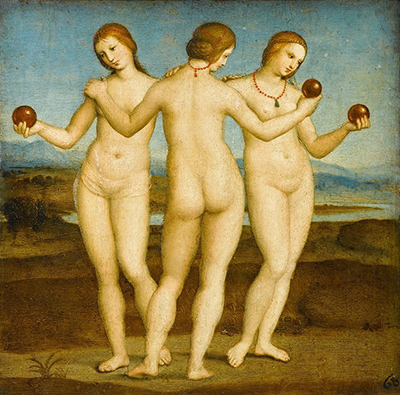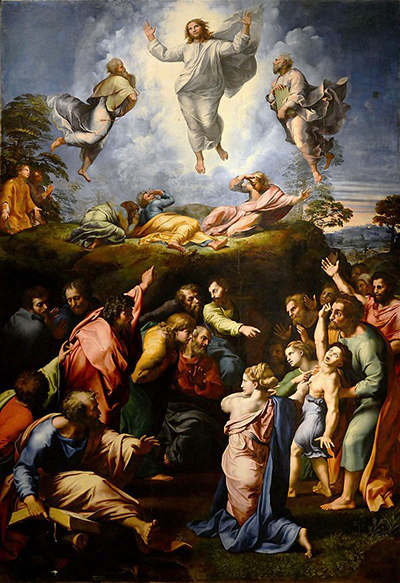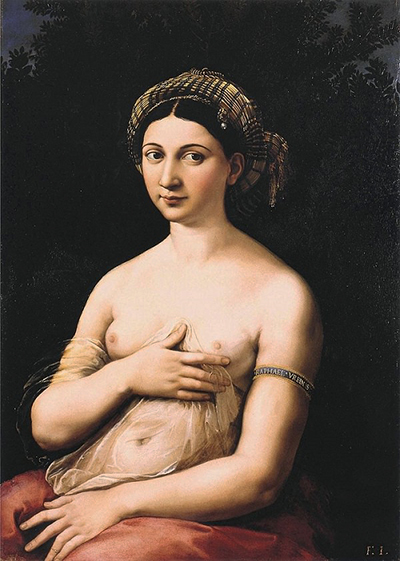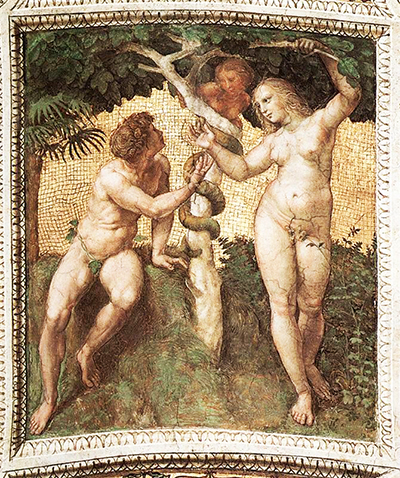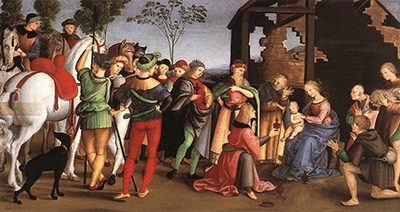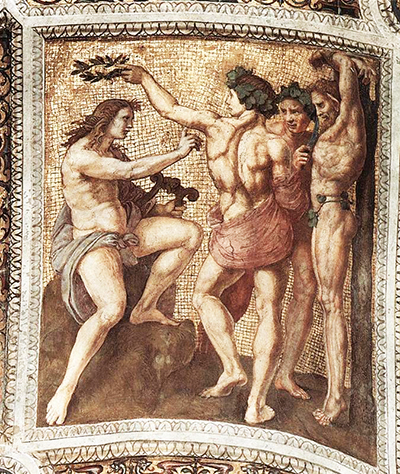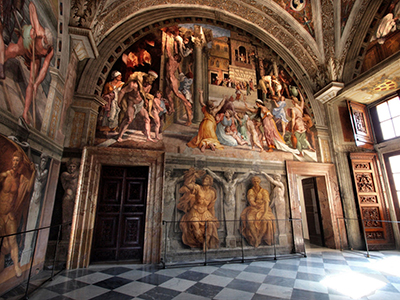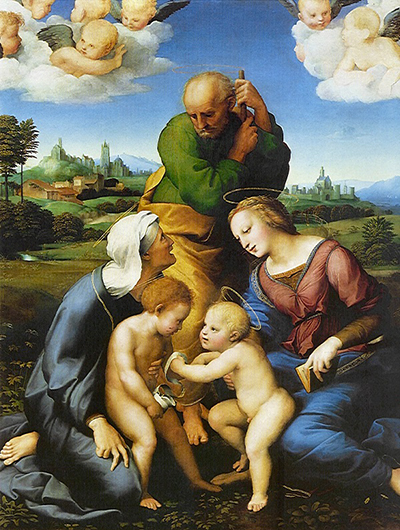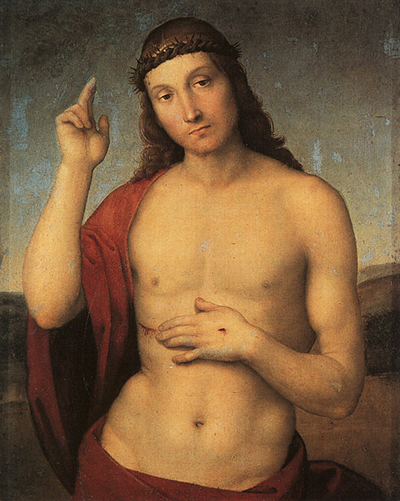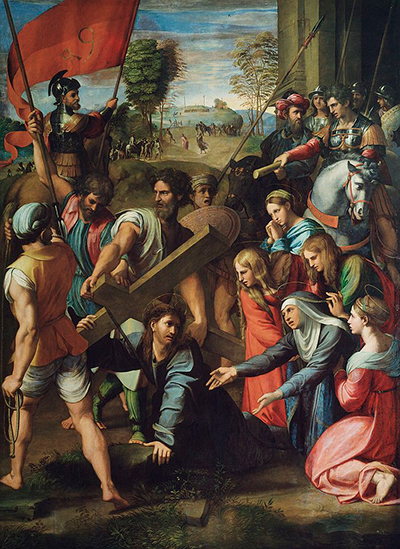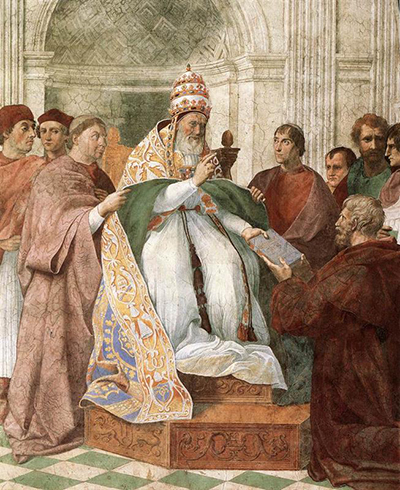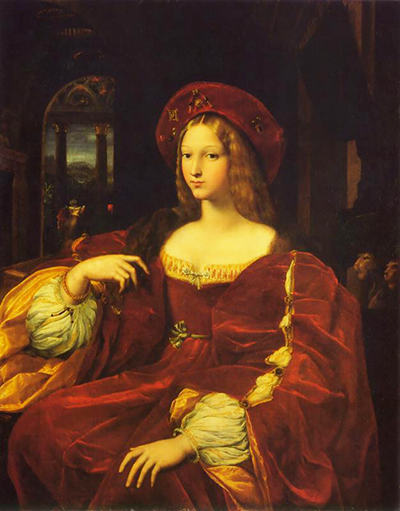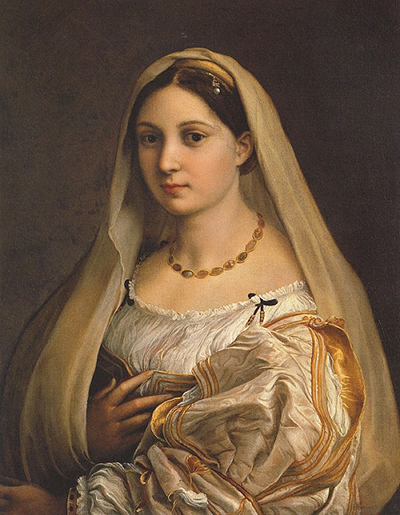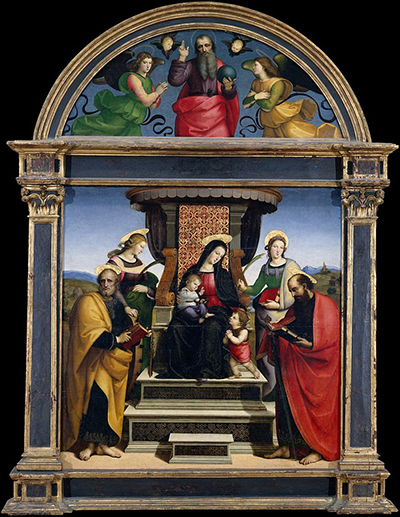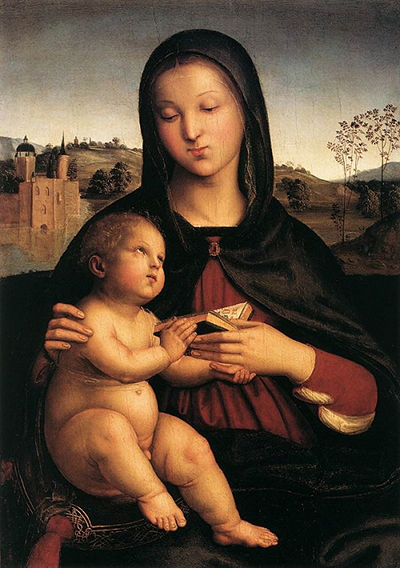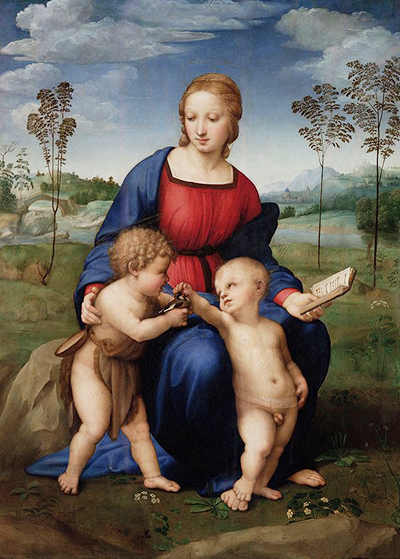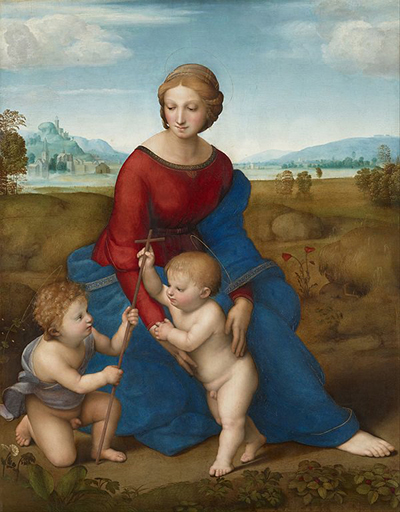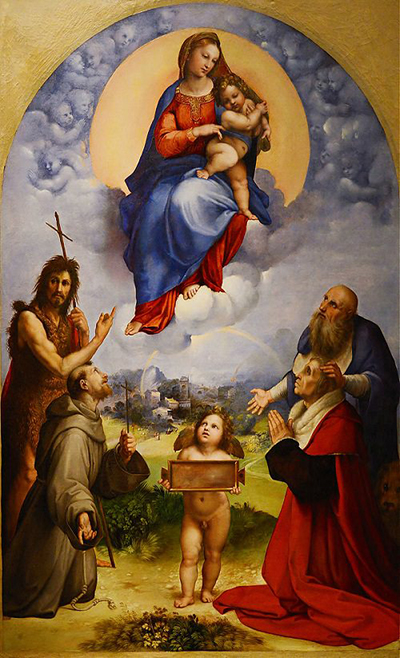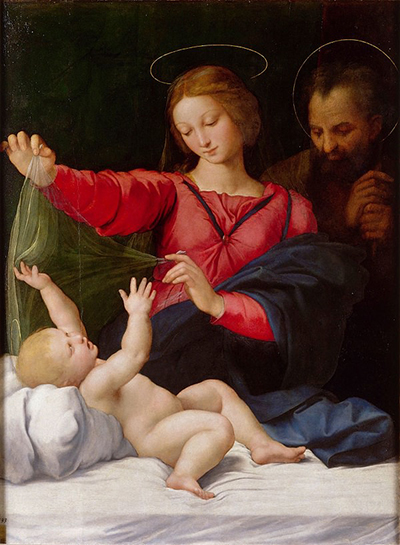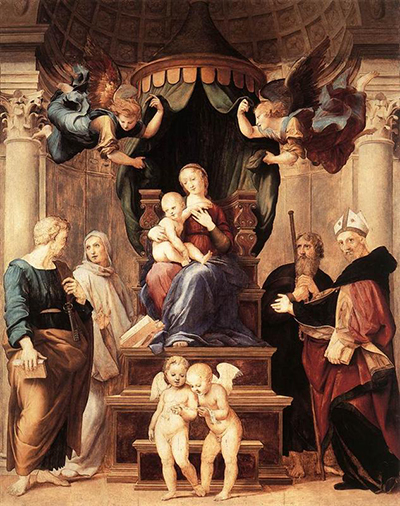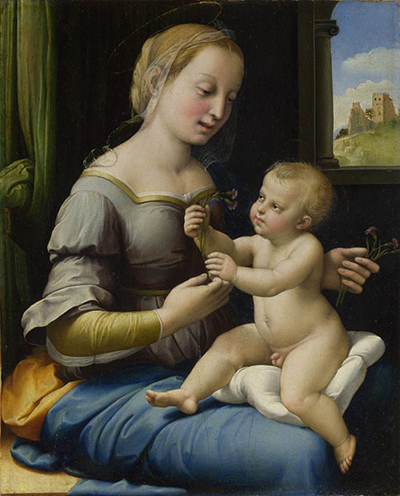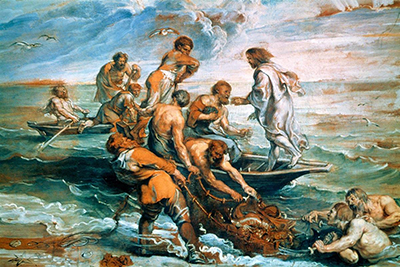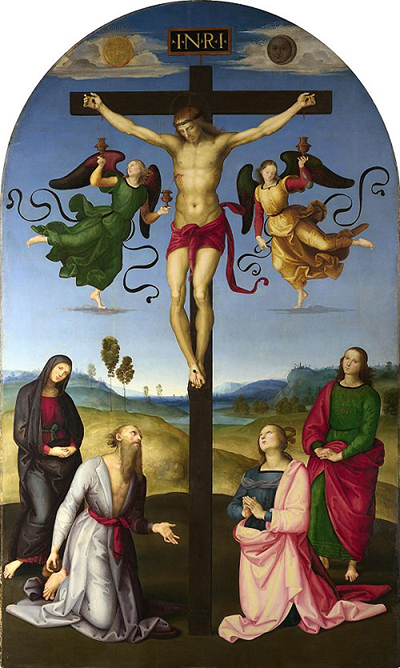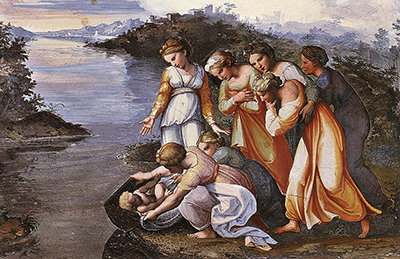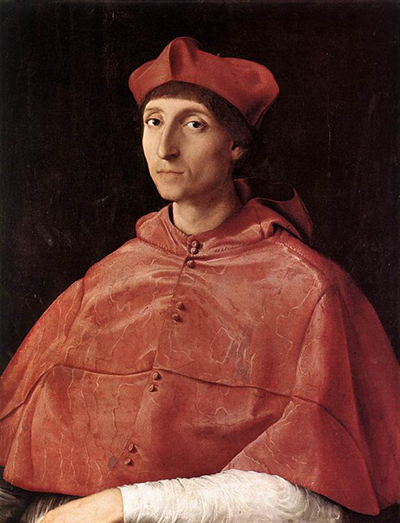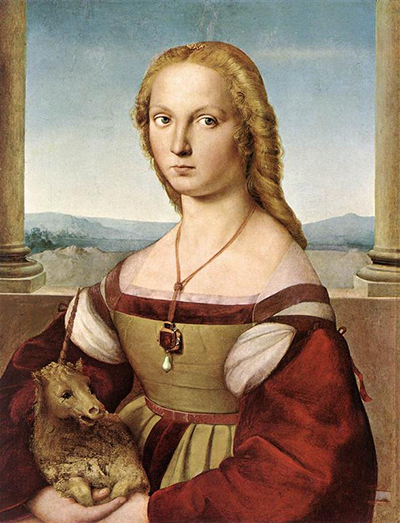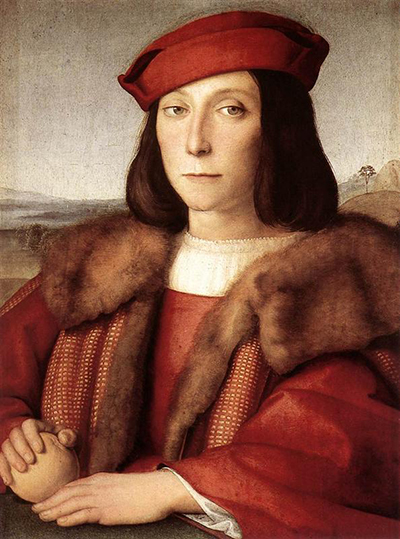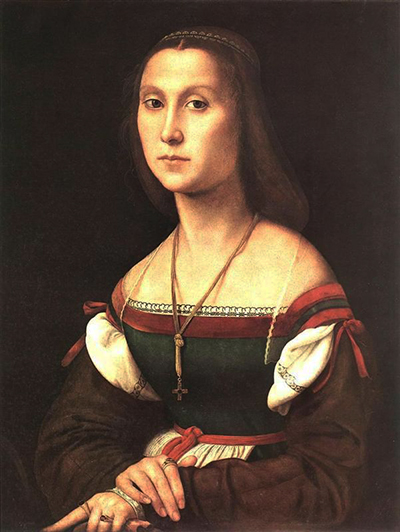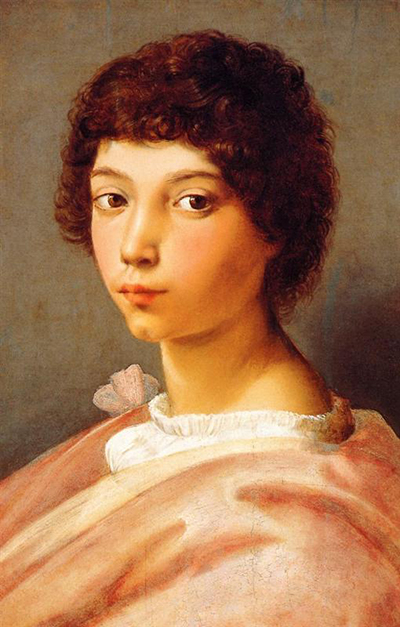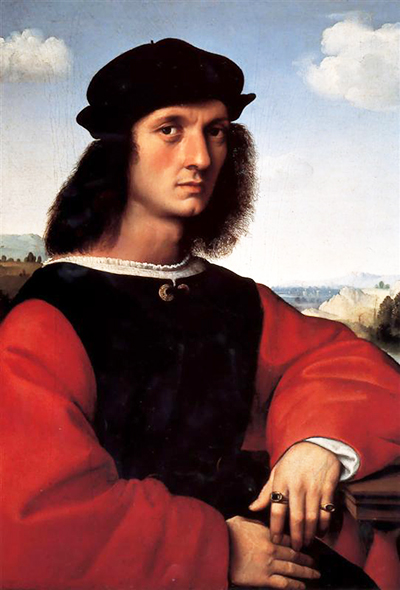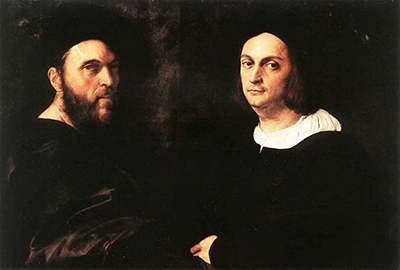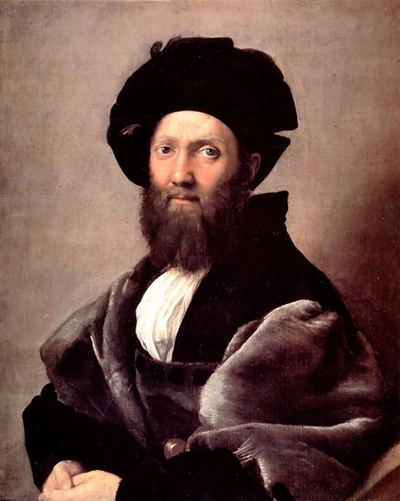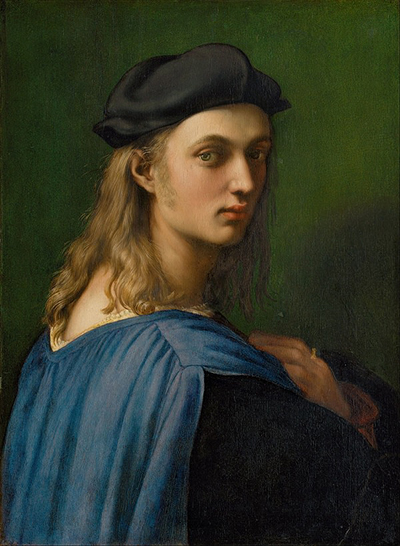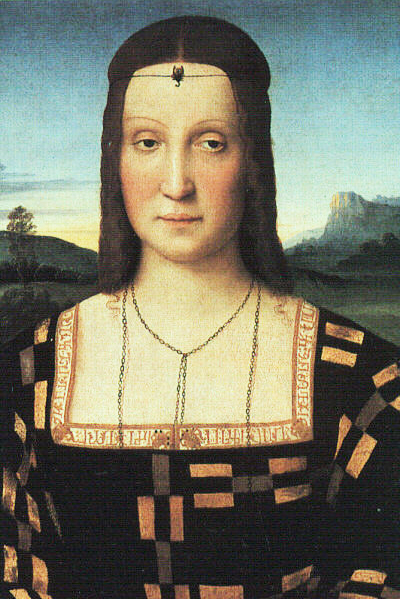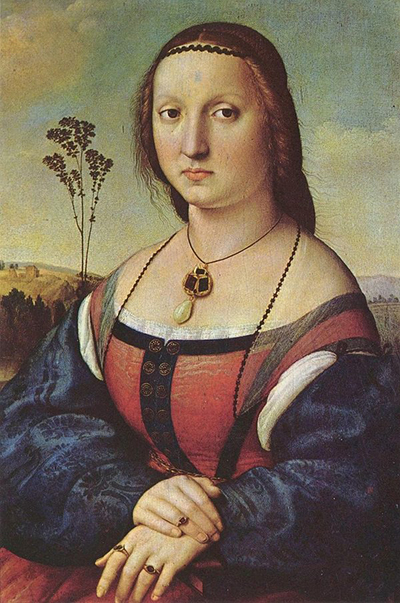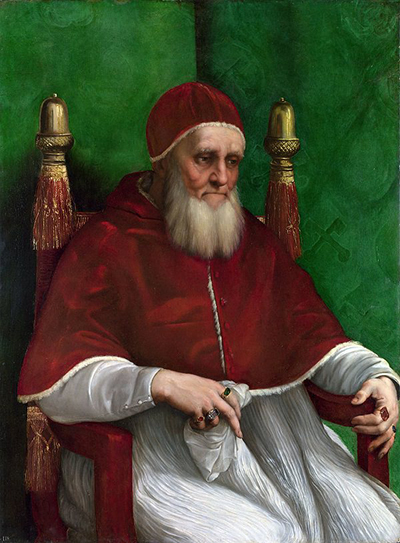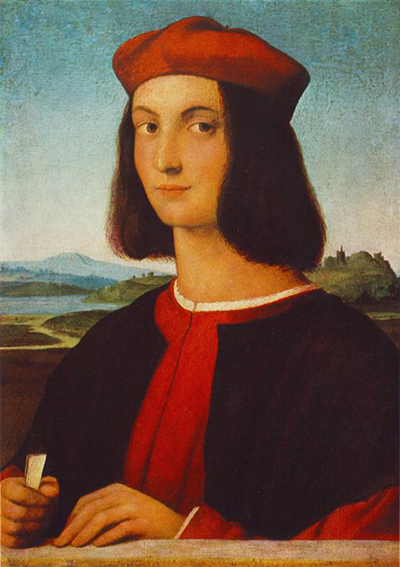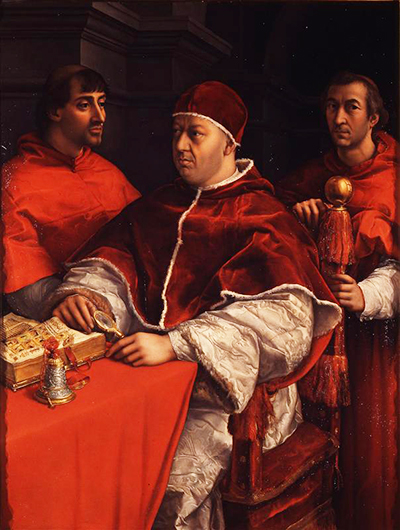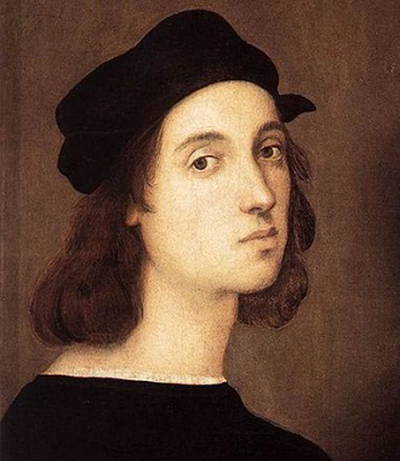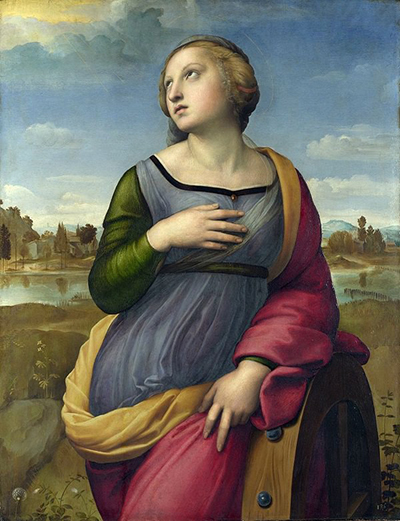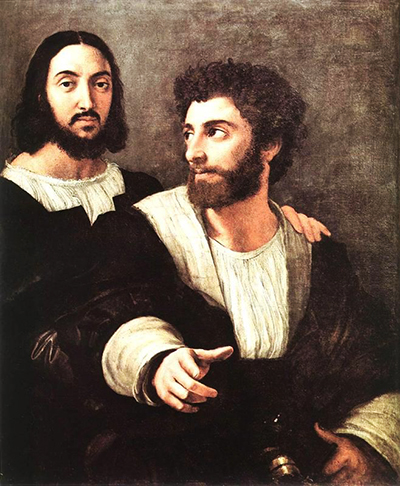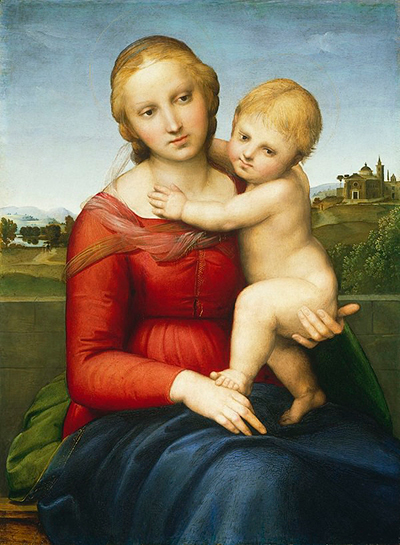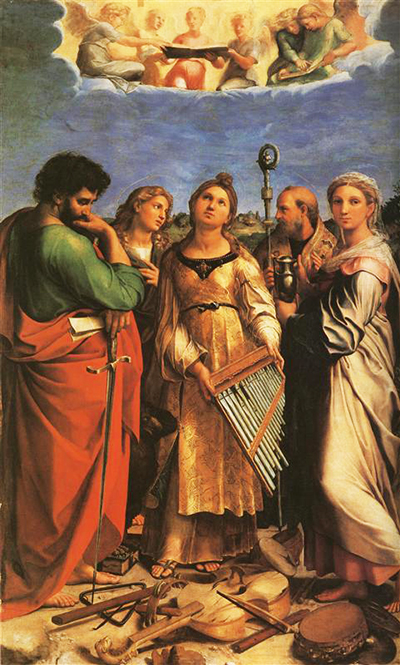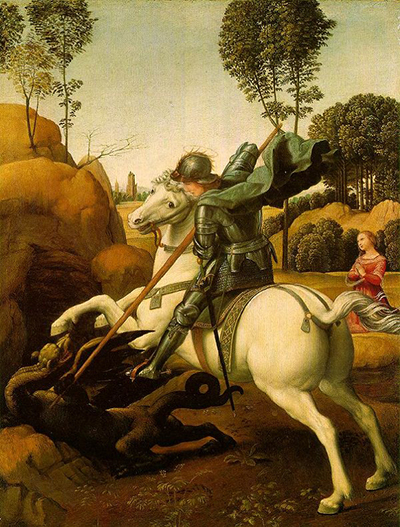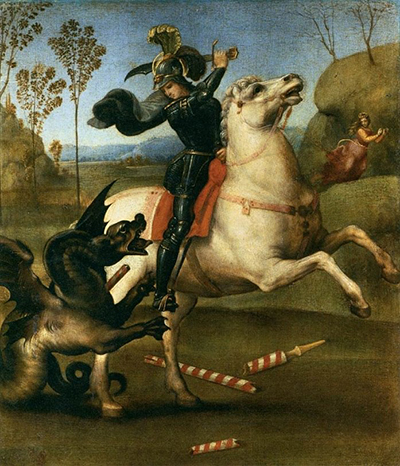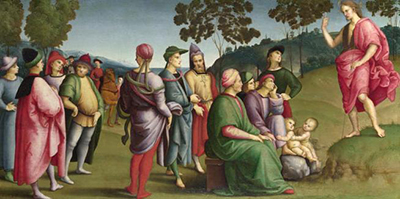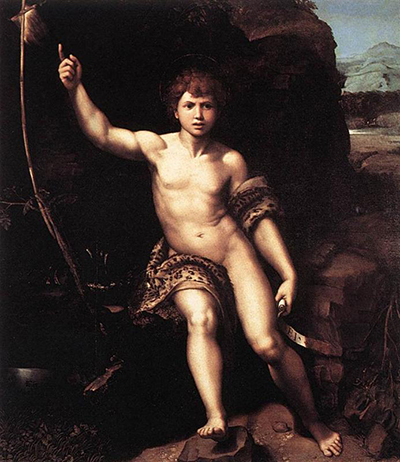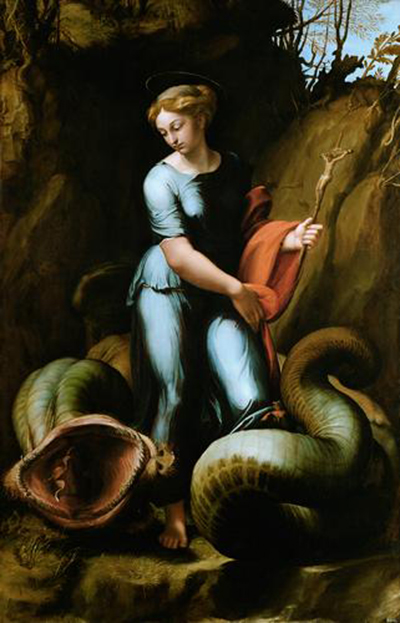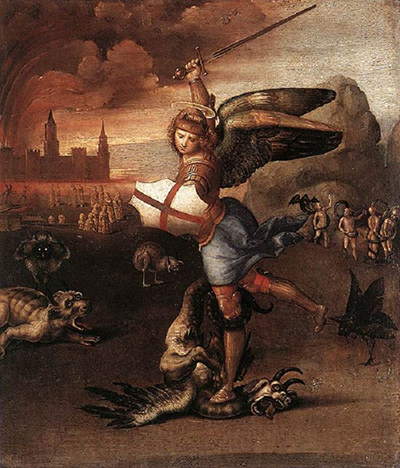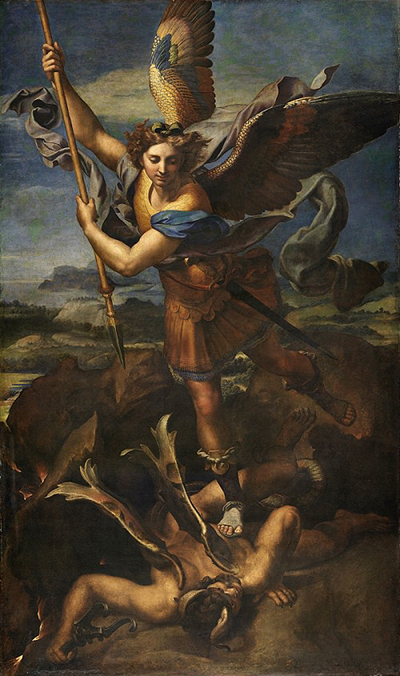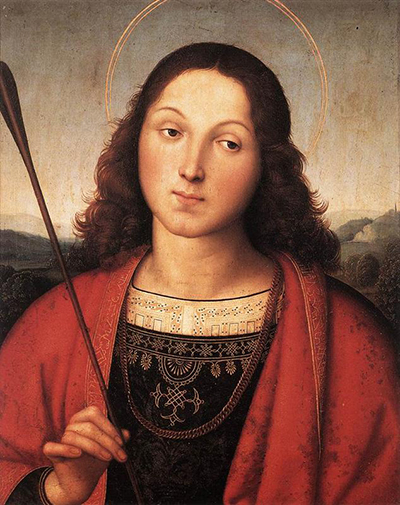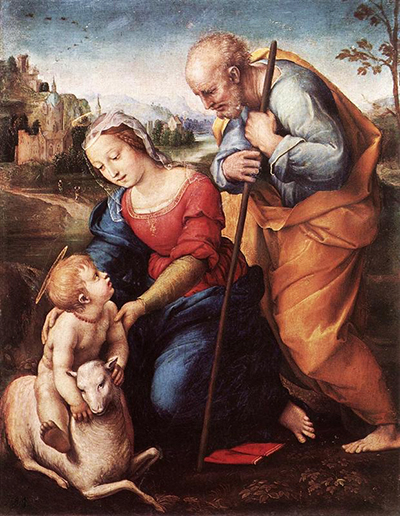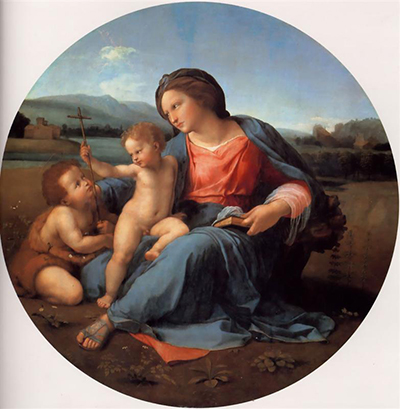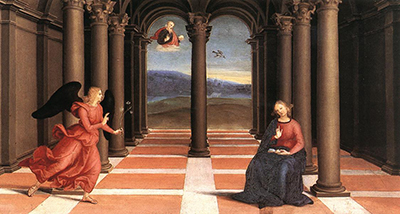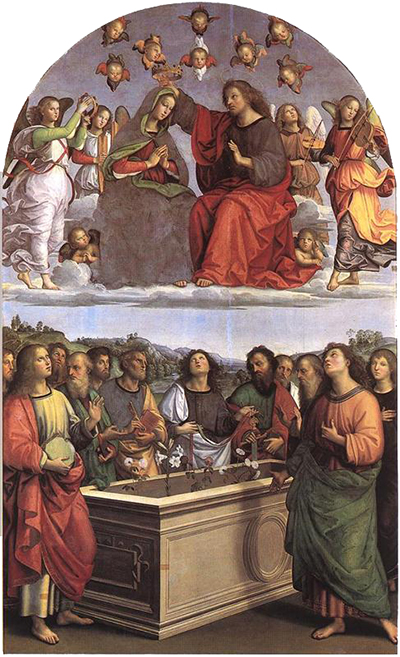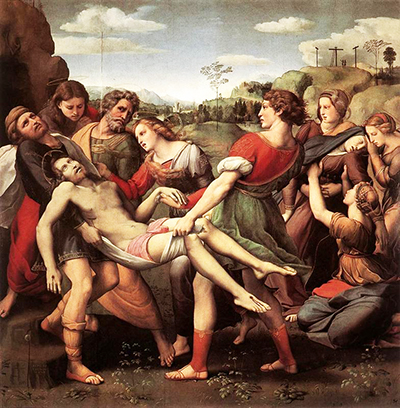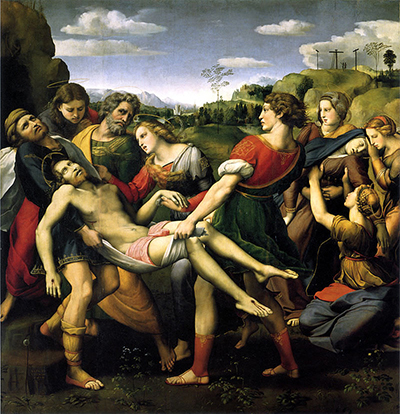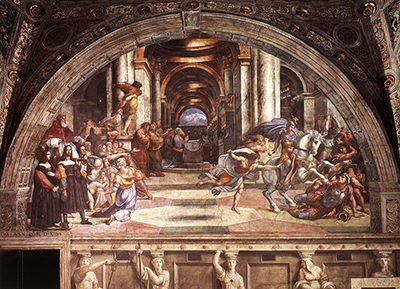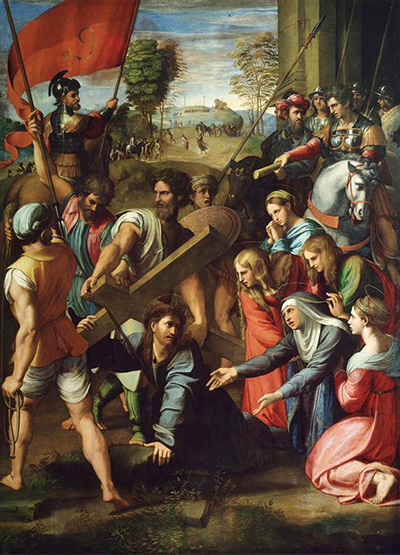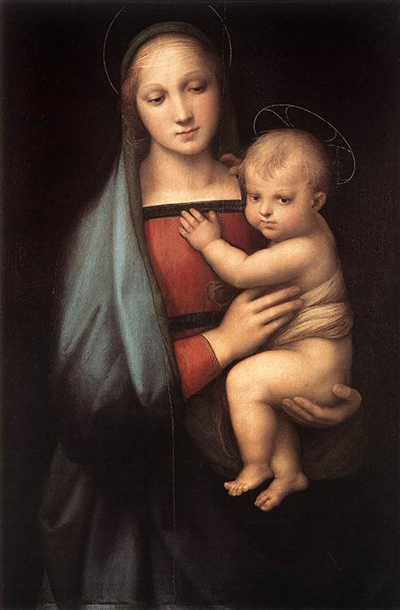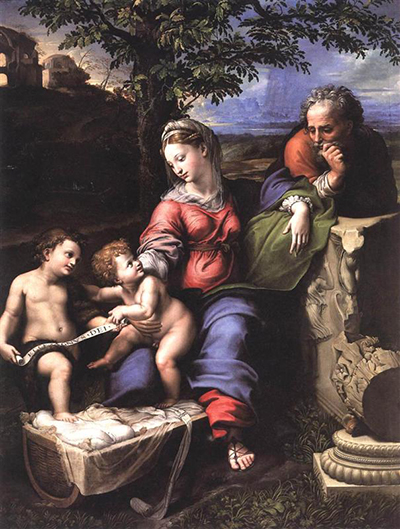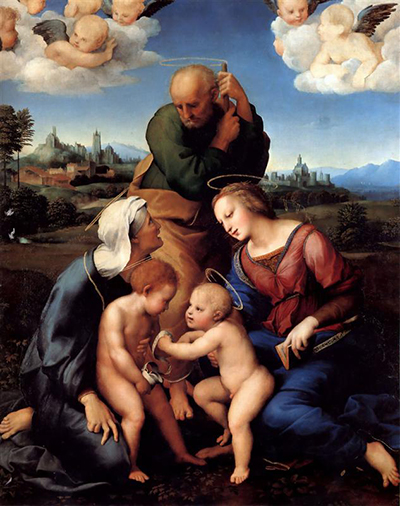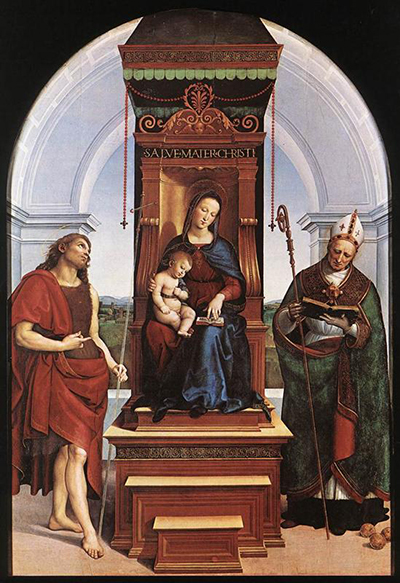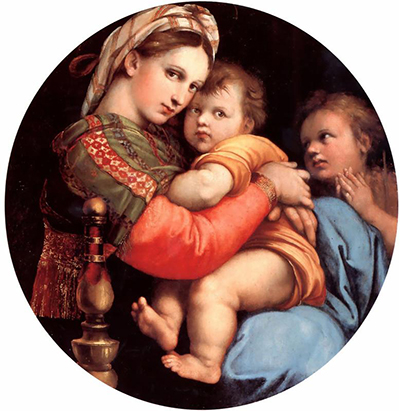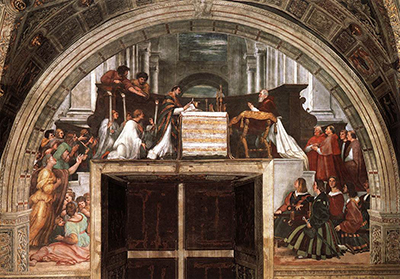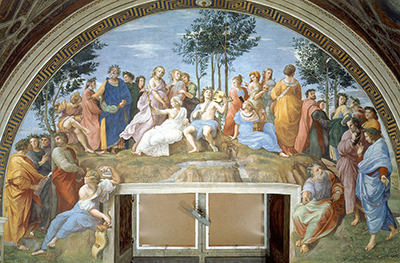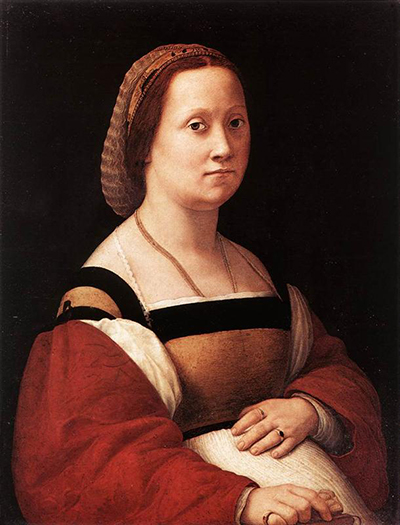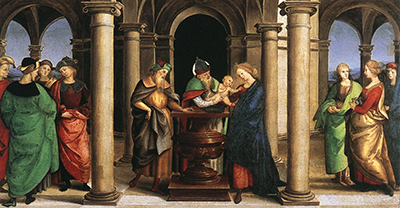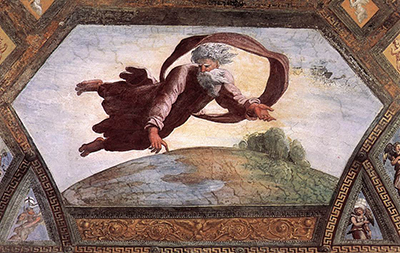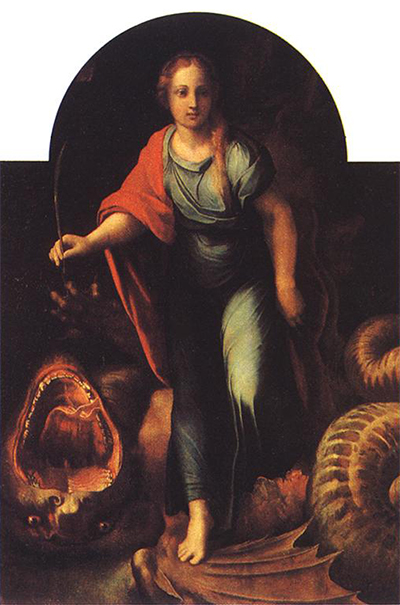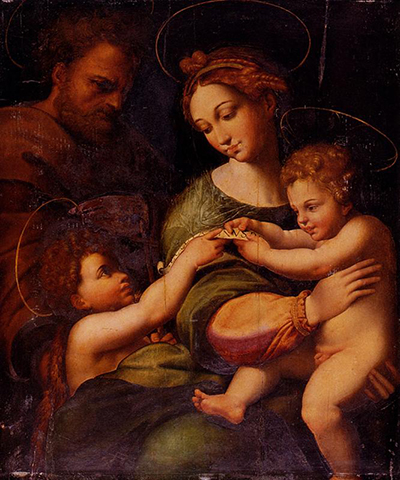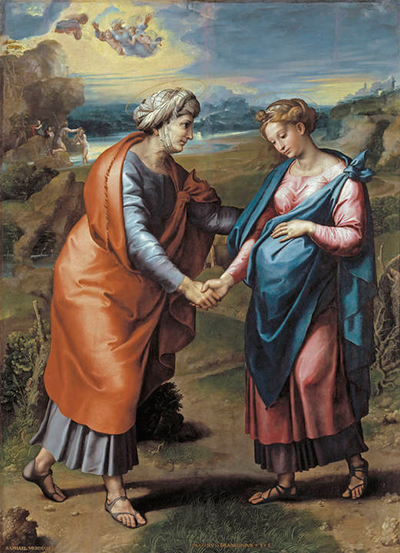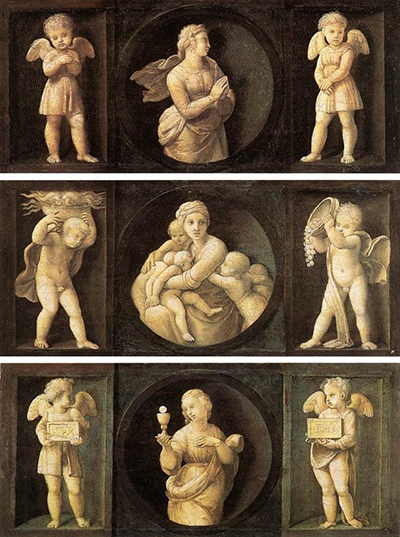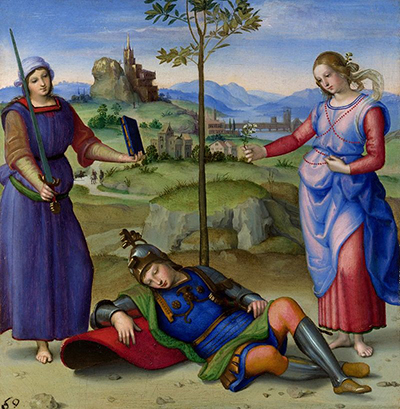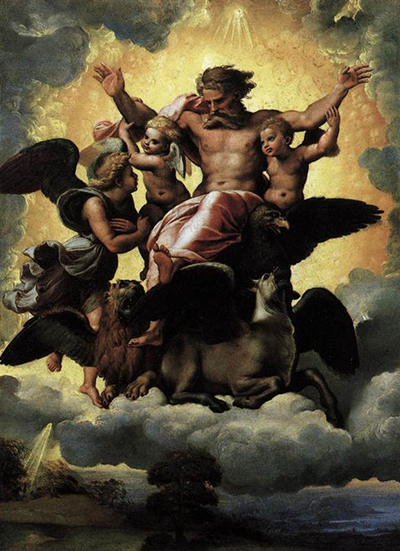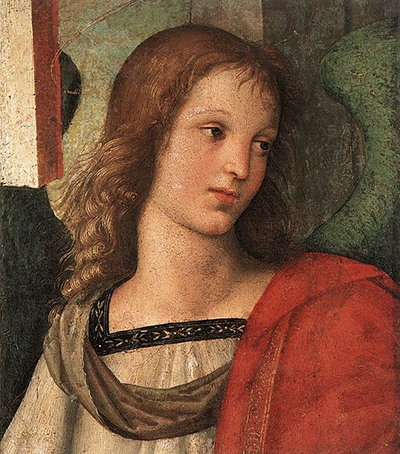Raphael's Paintings are regarded as stunning examples of High Renaissance art. He is known for the Resurrection Of Christ, Angel Holding a Scroll, Vision of A Knight and many others which combine grace and perfection.
Some of the artist's work had a religious theme and so, he was able to create work which utilised supernatural elements. The Transfiguration is one of Raphael's most famous paintings and is also the last one that he worked on. This picture combines Jesus' change in form or appearance as He speaks with Moses and Elijah with another important episode from the Gospels. This combination is a bit unusual. See also paintings by Da Vinci, Michelangelo and Botticelli.
Raphael chose an event which shows Jesus's power over the spiritual world, one in which Christ frees a child from demonic influence. This is an episode which also causes viewers to examine the inherent transformative power in the way that a person is represented. This work, in the same way as others, was taken to Paris and returned in 1816, after the fall of Napoleon.
It was then that it turned out to be included in the Pinacoteca of Pius VII. This is Raphael's last painting and shows up as confirmation of the craftsman's beliefs. The work is considered in his memoir, composed by the popular craftsman and biographer of the sixteenth century, Giorgio Vasari. The School of Athens is another of Raphael's famous paintings. This work speaks to all the best mathematicians, thinkers and researchers of old. They are assembled, sharing their thoughts and gaining from each other. These figures all inhabited distinctive circumstances, yet here they are assembled under one rooftop.
The two masterminds in the painting are Aristotle and Plato. They have been colossally important in Western thinking by and large. In various ways their distinctive theories were incorporated into Christianity. Plato focuses up on the grounds that the changing scene that we see around us is only a sad remnant of a higher, more genuine reality that is interminable and perpetual. This incorporates things like goodness and excellence. For Plato, this powerful the truth is a definitive reality and the seat of all truth, magnificence, equity and knowledge. Plato is shown holding his book called the Timaeus.
Aristotle holds his hand down, on the grounds that in his reasoning, the main truth is the one that we can see and experience by sight and touch. Aristotle's Ethics is the book that he holds and demonstrates the need to study the human world. This contrast is one that people encounter every day as they select their values and make choices.
Raphael's Sistine Madonna also has been admired for a long time. The pair of angels at the base of this painting have even made their own mark on modern culture, independently of the painting. Raphael's "Sistine Madonna" may forever be retained in our social memory. At times the two little angels sloughing at the base of the composition seem to appear in everything from fashionable clothing to greeting cards. The little rapscallions have been replicated countless times with viewers unaware of their origin.



